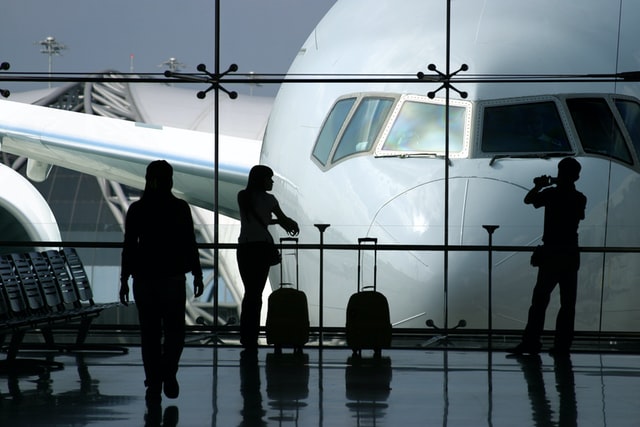
Australia has opened its international borders, and this could provide the much-needed boost in some of the pandemic-stricken property markets like Melbourne.
CoreLogic head of research Eliza Owen said the return of overseas migration and the subsequent demand for housing are expected to be slow but some of the most impacted markets have already seen green shoots since early last year.
“This was thanks to relatively affordable rents, a decline in total listings, and more recently, temporary migrants such as university students and visitors,” she said.
In fact, data from the Australian Bureau of Statistics show that overseas arrivals reached 195,760 through December 2021, up from 34,670 during the same period last year. Early estimates suggest arrivals in January remained higher.
Short-term arrivals continued to dominate — around 64% if visitors in December remained in Australia for less than a year.
“While priorities for entry to Australia at the end of 2021 were focused on returning Australian citizens and their relations there will no doubt start to be an increase in demand for short-term accommodation,” Ms Owen said.
“This will mean a lift of occupancy rates and revenue across the short-term accommodation rental market and commercial accommodations, albeit off recent lows.”
Popular tourism destinations in Sydney, Melbourne, and Brisbane and regional locations such as Cairns and regional Tasmania are set to benefit from this trend.
Still, it is notable that in recent months, there has been a relatively high proportion of student visa entrants, in preparation of the intake of Australian universities.
“Rental demand from this cohort of migrants is likely to be most concentrated across the inner-city precincts of the capital cities and within close proximity to academic hubs,” Ms Owen said.
Ms Owen explained that for most overseas migrants, it is common to experience a “tenure cycle”, which begins with renting and shared accommodation, with the likelihood of homeownership increasing with their time in Australia.
This means that the recent arrivals to Australia are most likely to be renting.
“Looking forward, the return in overseas migration would most benefit the Melbourne – Inner region,” Ms Owen said.
“It is also noteworthy that a decline in migration through the COVID period may eventually flow through to a lower demand in purchases where overseas migrants would otherwise be further along in their tenure cycle.”
Meanwhile, Ms Owen said there could be a shift in housing preferences for skilled migrants as the post-COVID conditions unfold.
Data from the Department of Home Affairs showed that 12.9% of skilled visas granted in the second half of 2021 were for arrivals to Queensland, up from an average of 11.5% in the three years to June 2019.
“It is interesting to note that the rise of popularity of regional Australia and South East Queensland domestically may eventually attract greater employment opportunities, business entries, and overseas migrants to these same locations,” Ms Owen said.
—
Photo by @lfcsfilipesousa on Unsplash.